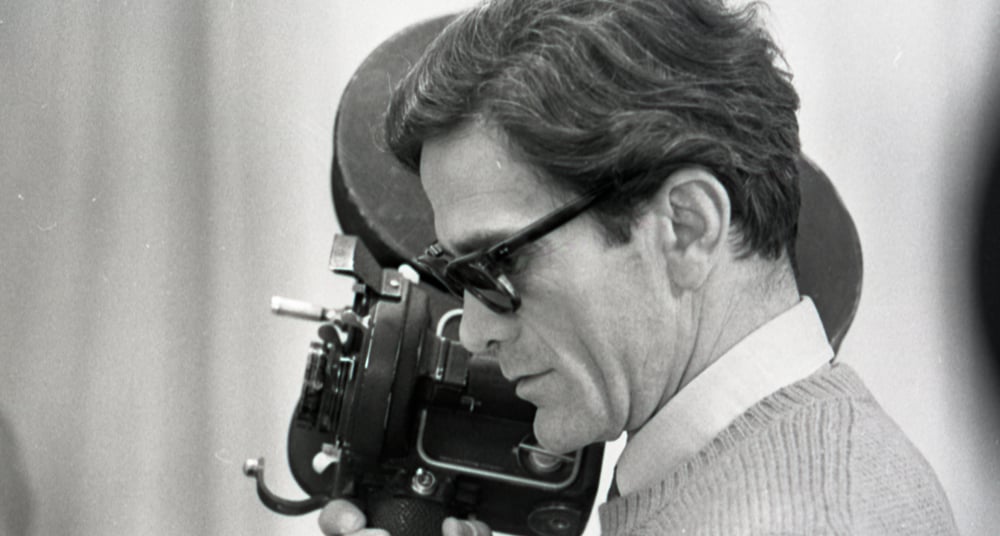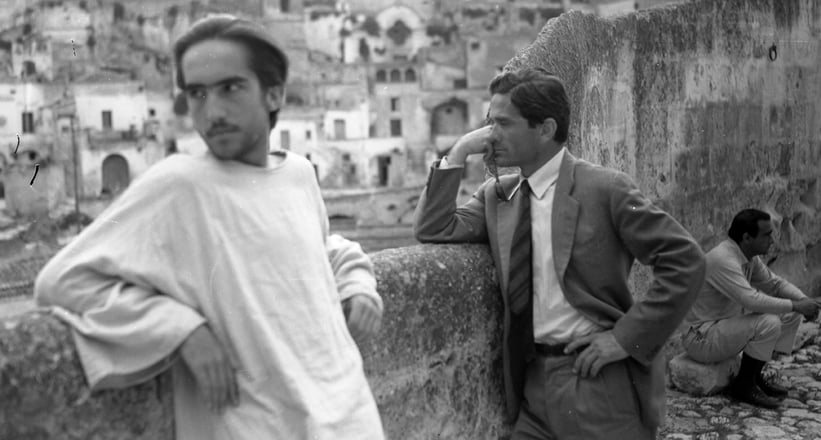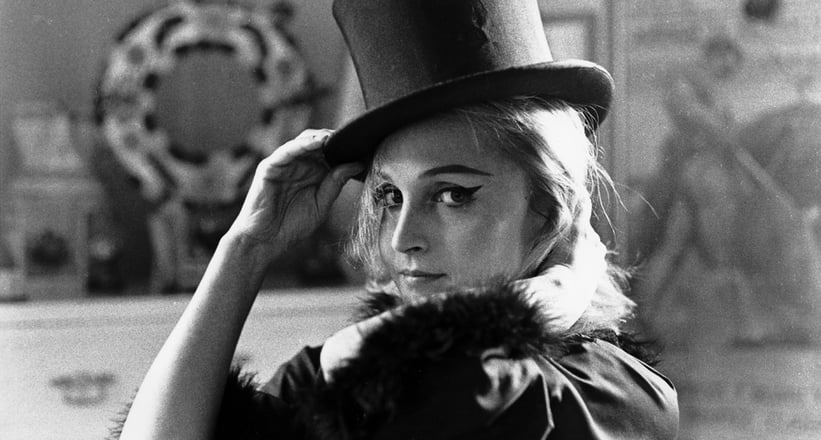The filmmaker Pier Paolo Pasolini, who was born in 1922 and died a violent death in 1975, is associated with such film classics as ‘Accattone’, his version of The Gospel According to St. Matthew and ‘Teorema’, which developed a unique visual language for the Sixties. Desolate landscapes in black and white, bizarre characters and events – often unfortunate and unfathomable – typify these films. Pasolini was a controversial figure who had an uncomfortable relationship with the Italian Communist Party and the Catholic Church. As a director, Pasolini chose to work with unknown amateur actors, as well as the confident post-War Italian star Anna Magnani and the equally indomitable diva Maria Callas (in ‘Medea’).
Desolate landscapes in black and white



Originally from northern Italy, Pasolini found an artistic home in Rome, a city that became a strong theme in his films, novels, poetry, essays and columns. The exhibition ‘Pasolini Roma’, in Berlin's Martin-Gropius-Bau, explores Pasolini’s relations with Rome: a relationship that is by turns passionate, political, sexual, affectionate and cinematic.










